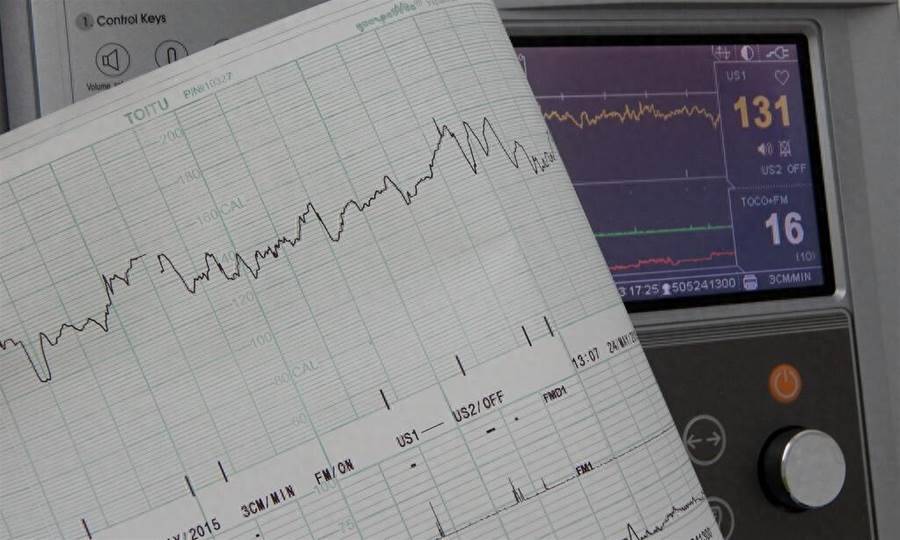
1. Disappearance of P waves on the ECG, replaced by small F waves.
2. The frequency of the F waves is approximately 35-600 beats per minute, with varying sizes, shapes, and amplitudes.

3. The ventricular rate is irregular, typically between 100-160 beats per minute when untreated. If atrioventricular block is present, the ventricular rate can be regular.
4. The shape of the QRS complex is normal. AF is often secondary to other cardiovascular diseases such as coronary artery disease, valvular heart disease, hypertension, and cardiomyopathy.

It can also be triggered in individuals without underlying heart conditions by factors such as excessive alcohol consumption, coffee or tea intake, and other stimulating beverages.
In some cases, the cause of AF is unclear.




















